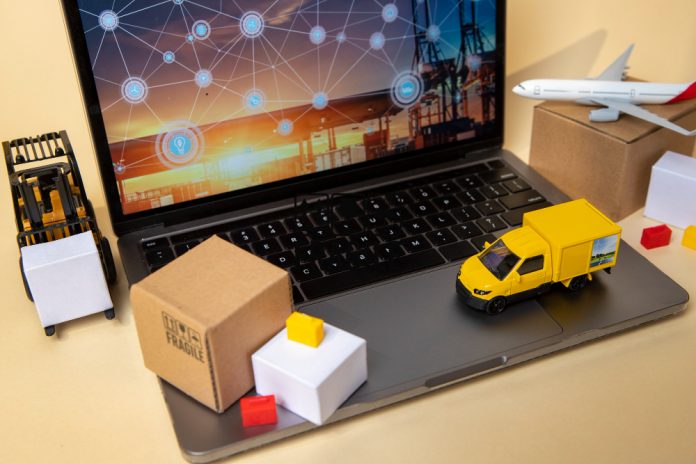The Indian transportation industry—historically reliant on paper ledgers, in-person negotiations, and analog systems—is undergoing a quiet revolution. From bustling highways in Punjab to the inland freight hubs of Tamil Nadu, digital transformation is no longer optional—it’s existential.
And yet, it’s not a smooth ride. The journey from manual to digital is riddled with friction, hesitation, and growing pains. But the wins? They’re promising—and worth watching closely.
The Turning Point: Why Transporters Are Going Digital
The logistics sector is under immense pressure to become faster, leaner, and more transparent. Customers now expect real-time tracking, dynamic pricing, and seamless documentation. For Indian transporters—especially small and mid-size fleet operators—this means:
- Transitioning to online load boards and digital freight matching
- Automating documentation, billing, and e-way bills
- Using mobile apps for driver coordination and route planning
- Managing fleets with GPS and IoT-enabled tracking systems
This shift isn’t being driven by regulation alone. It’s coming from the grassroots. AITWA, the industry body representing transporters across India, has taken an active role in nudging traditional operators toward tech adoption.
AITWA: Guiding Transporters Through the Tech Maze
Rather than mandate digital change, AITWA (All India Transporters Welfare Association) is playing enabler, educator, and connector.
- They’ve partnered with app developers and cloud platforms to offer freight digitization workshops in 20+ cities.
- AITWA’s “Transport Mitra” program is helping truck owners learn the basics of route optimization, digital tolling, and load consolidation via simple Android apps.
- With over 10,000 fleet operators onboarded in the past two years, the momentum is growing—particularly in regions like Maharashtra, Gujarat, and Telangana.
Real-World Story: How One Small Fleet Owner Went Digital
Consider J.S. Roadlines, a second-generation transporter in Kanpur operating 15 trucks. Before 2022, all dispatches were tracked via calls and handwritten records.
Through an AITWA workshop, they adopted a basic freight management system. Now, with GPS tracking and digital PODs (Proof of Delivery), they’ve slashed delivery delays by 25% and cut admin costs by 30%. More importantly, their clients now trust them with higher-value consignments.
But Not All That Glitters Is Code
The road to digital adoption is bumpy. Several operators still face:
- Low digital literacy among drivers and dispatch managers
- Fear of data privacy breaches and loss of control
- Limited internet access in rural routes and highways
- Resistance to upfront investment—even when long-term savings are evident
Many small fleet owners still prefer legacy systems they’ve trusted for decades.
This is where targeted support from industry bodies and state governments becomes essential.
Building a Digital Ecosystem That Works for All
To ensure that digital transformation is inclusive, industry leaders must focus on:
- Subsidized digital tools for small players
- Training modules in local languages
- Government-backed incentives for tech adoption
- Integrating supply chain finance with digital platforms to offer cash-flow relief
AITWA has initiated pilot programs in collaboration with logistics fintech startups to bring affordable payment cycles and credit scoring to digital freight platforms.
A Digital-First, Driver-Friendly Future
Indian transporters are not only moving freight—they’re now moving data, decisions, and disruption. While challenges remain, the shift is clearly underway.
The future of Indian transportation lies in a hybrid model—where tradition meets technology, and scale is achieved without sidelining the smaller players. With support from bodies like AITWA, transporters are learning to navigate this new landscape—not just to survive, but to thrive.












